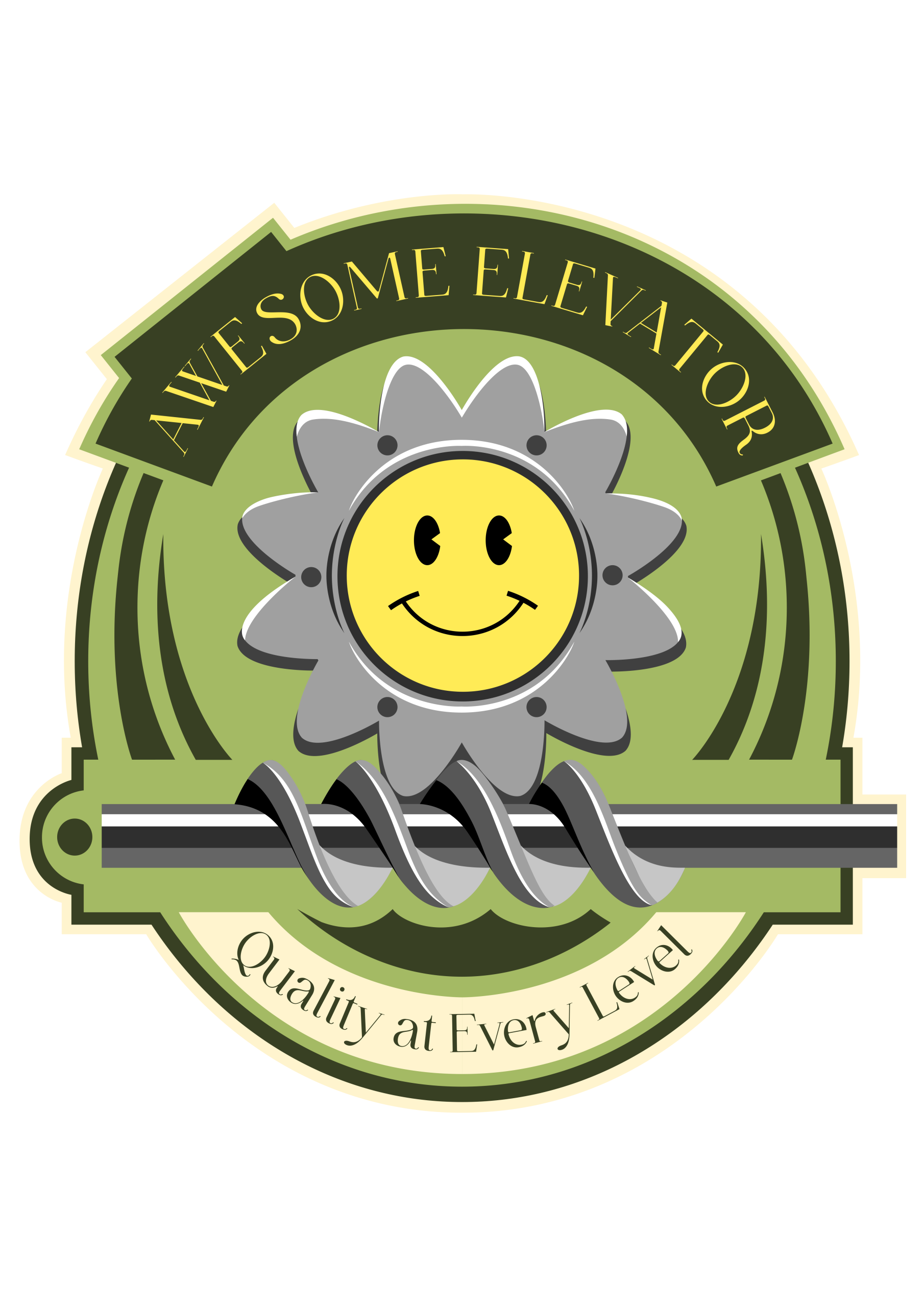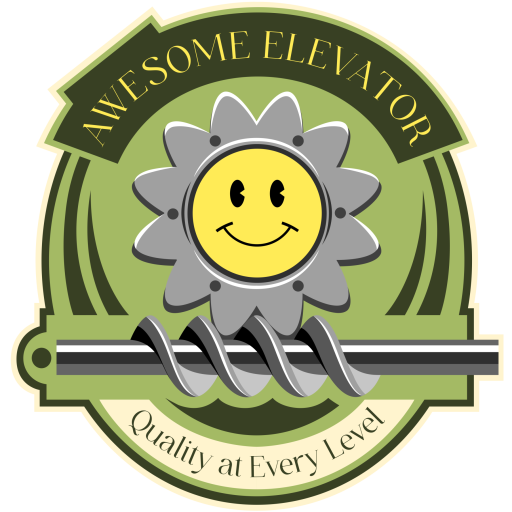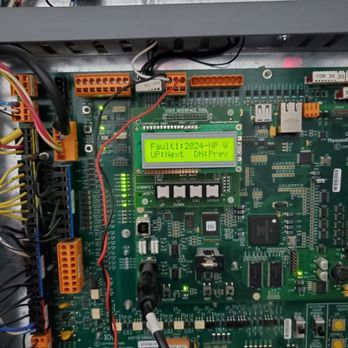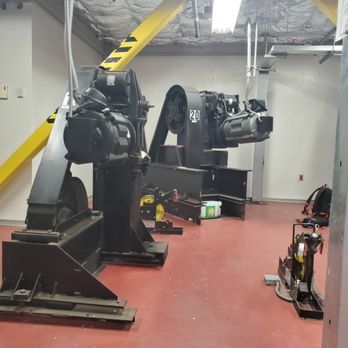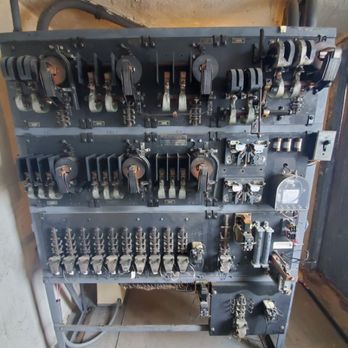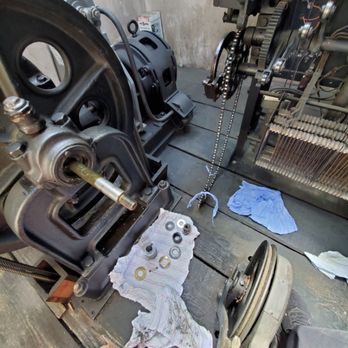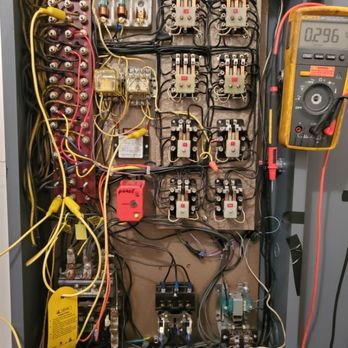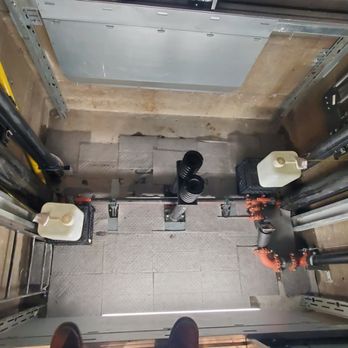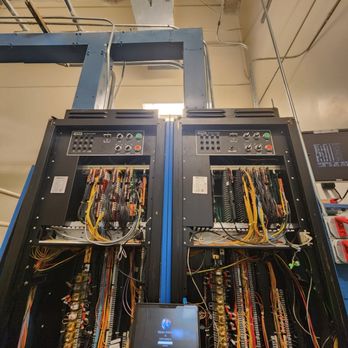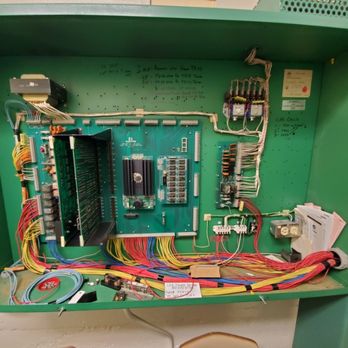Elevators in business places do more than just take people up and down. They keep the daily routine of employees, clients, and visitors going. No one thinks about them when they work. Things move slowly when they don’t. People are unhappy at work, meetings start late, and tenants start to doubt their lease choices. Still, elevator repairs are routinely put off or not done at all.
It doesn’t happen right away, but that damage is from missing regular repairs. It grows slowly, spreading to new parts of your business. What starts as a small vibration or a door that takes too long to open can quickly turn into bigger problems with money, the law, and operations.
Let’s look at what really occurs when you put off fixing business elevators and why that choice ends up costing a lot more than you thought it would.
Safety Risks Lurk Behind Every Delay
When an elevator starts to act up, it’s tempting to downplay the issue. Maybe the doors don’t close quite right. Maybe it hesitates between floors. These might seem minor, but they point to wear and tear building up inside the machine.
Over time, worn cables, faulty switches, or unreliable brakes increase the chances of accidents. While major incidents are rare, near misses are not. The longer you delay maintenance, the more likely small problems are to grow into bigger risks.
Every commercial building carries a responsibility. People trust the equipment to work properly. When that trust is broken, the consequences are serious, not just in terms of injury but also in the emotional toll on those affected.
Tenant Retention Starts to Slip
A well-functioning elevator is more than convenient. It’s part of the tenant’s daily experience. In high-rise office buildings, time is money. If tenants or their clients are constantly delayed because of malfunctioning elevators, the frustration builds quickly.
People begin to avoid certain floors. Meetings move online to skip the trip. Gradually, tenants may start looking elsewhere, somewhere they don’t have to deal with unreliable vertical transport. Worse yet, once word spreads, attracting new tenants becomes harder.
And it doesn’t end there. When businesses leave, vacancy rates rise. That leads to lower rental income, longer leasing cycles, and sometimes, a dip in property value.
Energy Bills Quietly Climb
Older or malfunctioning elevator systems often use more electricity. Motors struggle to work efficiently. Controllers work overtime to compensate for faults. Even lights and ventilation fans in idle elevators can waste power when left unchecked.
Small inefficiencies add up quickly in larger buildings with multiple elevators. A neglected machine doesn’t just slow people down—it drains resources in the background, increasing operating costs every single month.
Emergency Repairs Are Always More Expensive
Skipping regular maintenance can lead to breakdowns at the worst times. Emergency calls usually cost more than planned visits. And the longer the elevator is out of service, the more it affects the entire building.
Vendors often charge premium rates for same-day or after-hours fixes. Replacement parts may need to be rush-ordered. And if the repair team is delayed, the downtime extends even further.
Worse yet, if the system is severely damaged due to neglect, replacing major components—or the entire system—may become the only option. That kind of upgrade costs far more than staying ahead with minor upkeep.
Legal Issues Can Start to Stack Up
It is the responsibility of building owners and property managers to keep equipment safe and in good working order. When an elevator breaks down or hurts someone because it wasn’t properly maintained, problems of liability arise.
Lawsuits aren’t far behind if someone gets stuck or harmed. Even when no one is hurt, municipal laws often mandate regular inspections and record-keeping. If you don’t follow these guidelines, you could get fined, punished, or have to stop working.
If you don’t fix the elevators, you’re not only putting the equipment at risk, but also putting yourself at risk of getting into legal difficulties that might linger long after the problem is fixed.
Staff Productivity Drops
When elevators don’t work right, employees across the building feel it. Delays in getting to meetings, long waits in the lobby, and confusion about which elevator is operating all contribute to daily frustration.
People start building in extra time just to move between floors. That time adds up, draining productivity in ways that aren’t always obvious on a spreadsheet. Eventually, it affects morale, and morale affects everything else.
How elevator issues impact daily work life:
- Long elevator wait times are causing delays throughout the day
- Missed or rushed meetings due to unreliable access between floors
- Stress and irritation from repeated elevator disruptions
- Reduced efficiency as workers shift focus from tasks to logistics
- Lower workplace satisfaction can slowly affect overall performance
Insurance Costs May Rise
Insurers often look at the condition of building systems when setting rates. If elevator maintenance is spotty or neglected, it signals a higher risk of claims. That can increase your premiums or reduce your coverage options.
Even worse, a claim that results from poor maintenance could be denied altogether, leaving you to cover damages on your own.
Reputation Damage Is Hard to Reverse
Buildings get reputations, whether owners want them or not. Word spreads when the equipment doesn’t work. Tenants talk. Visitors notice. Service workers complain.
Once your building is known for faulty elevators, it becomes harder to shake that image. Reviews reflect it. Online ratings drop. Over time, the perception affects every part of the business, from leasing to property value.
The Simple Fix That Avoids It All
None of these costs show up immediately. That’s what makes them dangerous. They slowly chip away at your building’s efficiency, reputation, and income without making much noise.
But staying ahead of these issues doesn’t require anything complicated. It just means being consistent with repairs and inspections. Catching small issues before they become large ones. Making elevator care part of the regular rhythm of building management.
Final Thoughts
Choosing not to fix a faulty elevator might seem like saving money in the short term. But the long-term picture tells a different story. From rising energy costs to tenant frustration, legal risks to falling property value, the price of delay is high.
Elevators are a part of daily life in commercial buildings. When they fail, they don’t just affect floors. They affect people, routines, trust, and the entire rhythm of the space.
The good news is that the path forward is simple. That’s where companies like Awesome Elevator Inc. make a difference. With routine elevator repair services, problems are spotted early and fixed before they spiral. That keeps your building running smoothly—not just for now, but for years to come.
